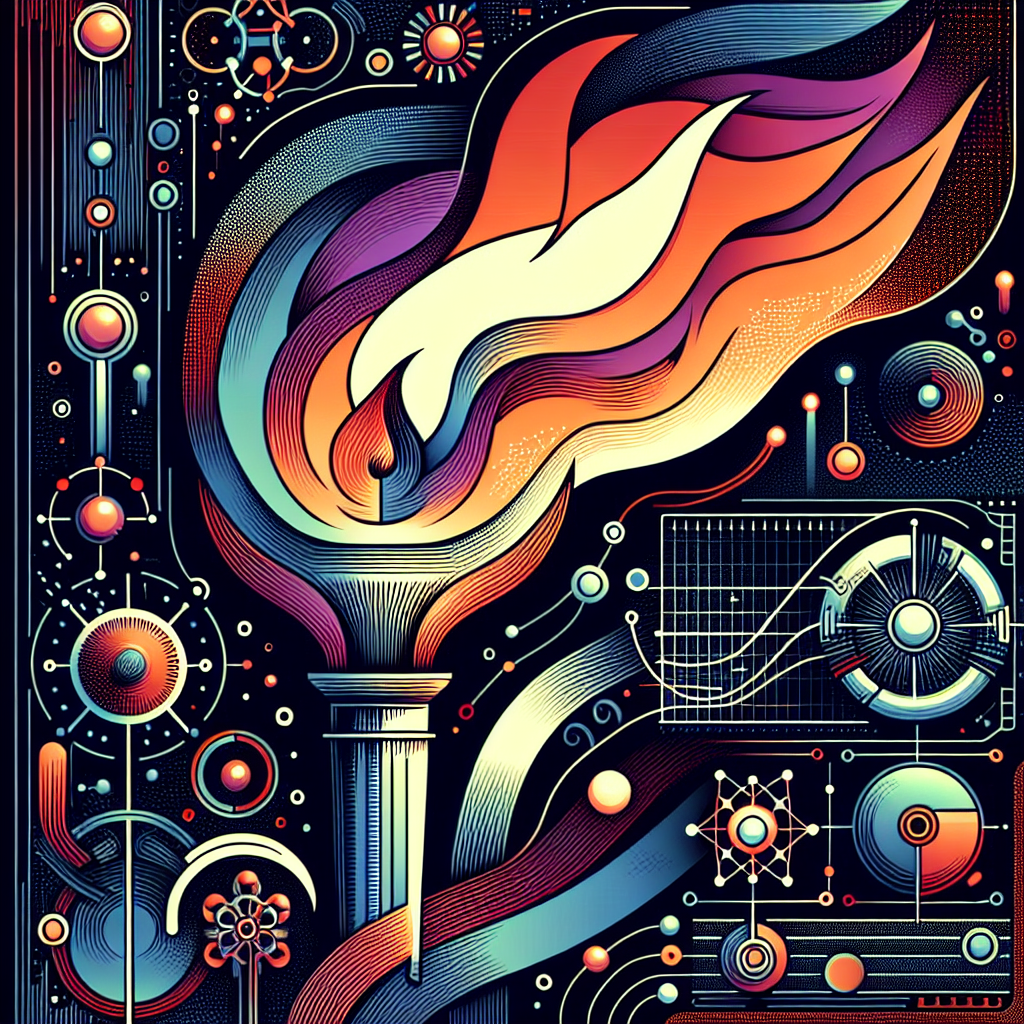Fix today. Protect forever.
Secure your devices with the #1 malware removal and protection software
Deep learning is a powerful subset of machine learning that has gained immense popularity in recent years. With the rise of big data and advancements in computing technology, deep learning has enabled groundbreaking achievements in various fields such as computer vision, natural language processing, and speech recognition.
If you are looking to dive into the world of deep learning and build cutting-edge machine learning systems, two of the most popular frameworks to consider are PyTorch and TensorFlow. In this comprehensive guide, we will explore the key concepts of deep learning and how to implement them using these frameworks.
Understanding Deep Learning
Deep learning is a type of machine learning that uses artificial neural networks to learn from large amounts of data. These neural networks are inspired by the structure of the human brain and consist of layers of interconnected nodes, also known as neurons. The depth of these networks (hence the name “deep” learning) allows them to learn complex patterns and relationships in the data.
One of the key components of deep learning is the use of deep neural networks, which are composed of multiple layers of neurons. These networks can be trained on labeled data to perform tasks such as image recognition, speech synthesis, and language translation.
Building Deep Learning Systems with PyTorch
PyTorch is an open-source machine learning library developed by Facebook’s AI research lab. It is known for its flexibility and ease of use, making it a popular choice among deep learning researchers and practitioners. PyTorch provides a dynamic computational graph, which allows for easier debugging and experimentation.
To build a deep learning system with PyTorch, you first need to define a neural network architecture using the torch.nn module. This module provides a wide range of layers, activation functions, and loss functions that you can use to design your network. You can then train your model using the torch.optim module, which provides various optimization algorithms such as stochastic gradient descent and Adam.
PyTorch also supports automatic differentiation through the torch.autograd module, which enables you to compute gradients of the loss function with respect to the network parameters. This feature simplifies the process of training deep neural networks and allows for faster experimentation.
Building Deep Learning Systems with TensorFlow
TensorFlow is another popular deep learning framework developed by Google. It is known for its scalability and efficiency, making it suitable for building large-scale machine learning systems. TensorFlow provides a static computational graph, which allows for better performance optimization and deployment on various platforms.
To build a deep learning system with TensorFlow, you first need to define a computational graph using the tf.keras module. This module provides a high-level API for building neural network architectures, similar to PyTorch’s torch.nn module. You can then train your model using the tf.train module, which provides various optimization algorithms and training utilities.
TensorFlow also supports distributed computing through the tf.distribute module, which allows you to train deep neural networks on multiple GPUs or across multiple machines. This feature is particularly useful for training large models on big data sets.
Conclusion
In this comprehensive guide, we have explored the key concepts of deep learning and how to build cutting-edge machine learning systems using PyTorch and TensorFlow. Both frameworks offer unique advantages and cater to different use cases, so it is essential to choose the one that best suits your needs.
Whether you are a beginner looking to get started with deep learning or an experienced practitioner looking to enhance your skills, PyTorch and TensorFlow provide powerful tools for developing state-of-the-art machine learning systems. By mastering these frameworks and understanding the underlying principles of deep learning, you can unlock the full potential of artificial intelligence and make significant contributions to the field.
Fix today. Protect forever.
Secure your devices with the #1 malware removal and protection software
#Comprehensive #Guide #Deep #Learning #Building #CuttingEdge #Machine #Learning #Systems #PyTorch #TensorFlow,understanding deep learning: building machine learning systems with pytorch
and tensorflow

Leave a Reply
You must be logged in to post a comment.